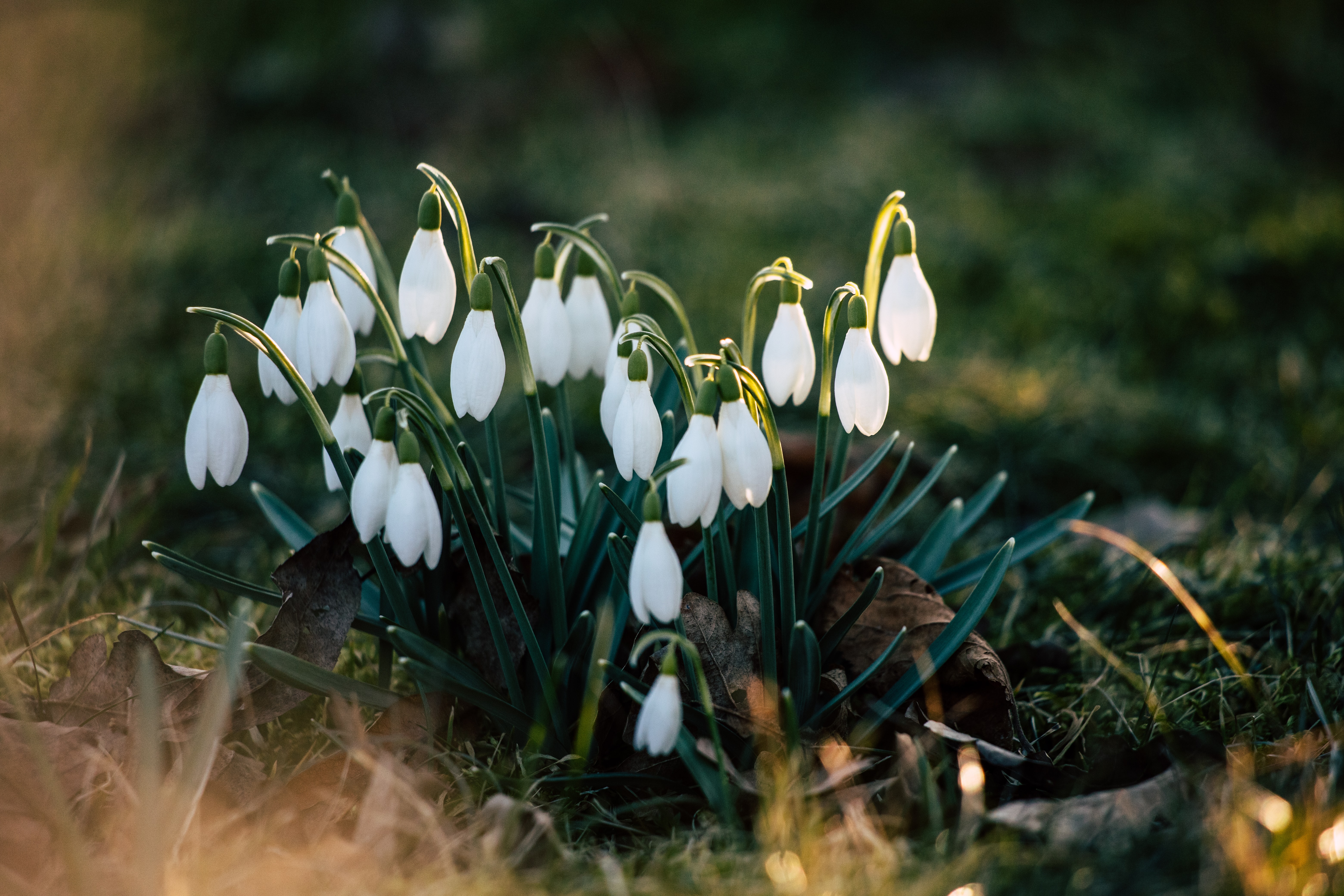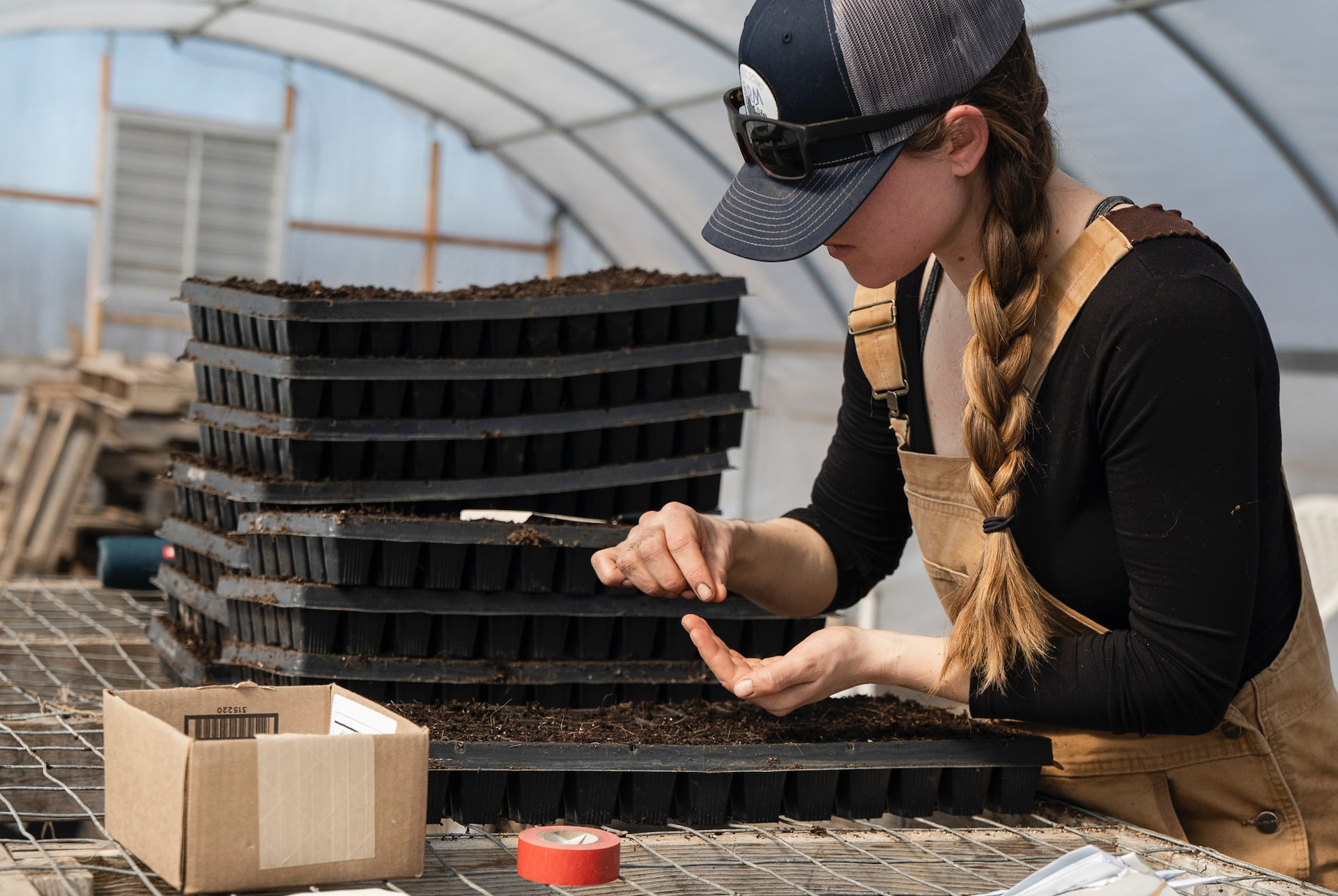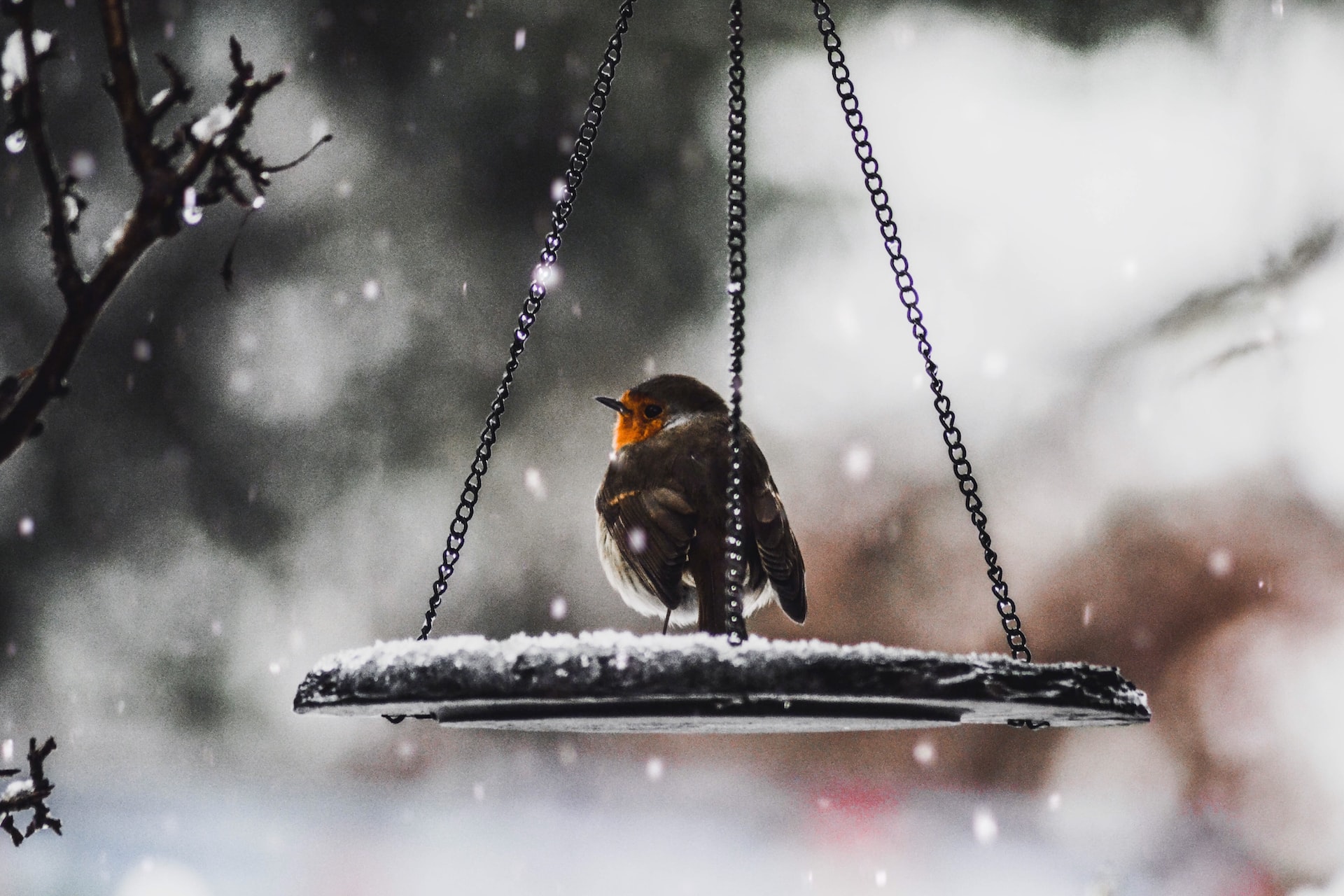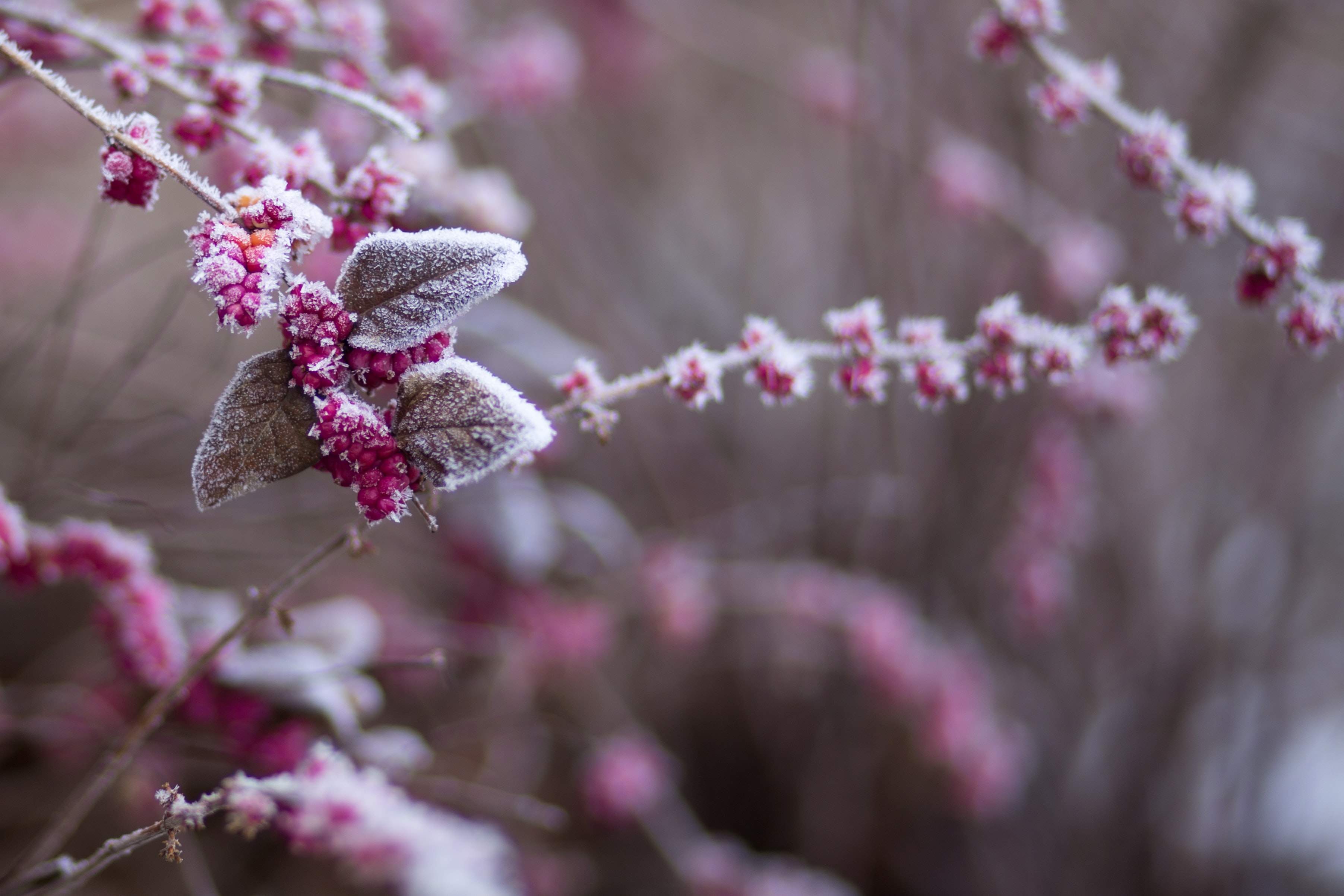January Gardening Checklist
Flowers




*Based on information from https://www.gardenersworld.com/what-to-do-now-january/
- As long as the ground isn't frozen, plant bare-root roses, shrubs, hedges, and decorative trees.
- Take cuttings of fleshy-rooted perennials including oriental poppies, acanthus, and verbascums and root them.
- Establish fresh snowdrop and hellebores colonies by purchasing plants in bloom so you may select the most beautiful blossoms.
- Remove wet, collapsed perennial stems and compost them.
- Hardwood cuttings can be taken from deciduous shrubs such as forsythia, willow, and viburnum.
- To reduce the spread of leaf spot disease, remove and discard hellebore leaves with black blotches.
- To grow your own mistletoe plants, press mistletoe berries into the bark of apple trees.
- Make sure that little alpines are not suffocated by fallen leaves and other wind-blown debris.
- Deadhead winter pansies and other bedding plants on a regular basis, and remove any downy mildew-affected leaves.
- Relocate dormant plants to better locations.
- Check stored bulbs and tubers for rot, and make sure dahlia and canna tubers haven't completely dried out.
- Continue trimming climbing roses while they are dormant.

Fruit and veg
- Remove any dead, damaged, congested, or diseased limbs from apple and pear trees throughout the winter.
- Sort through your seeds, discarding any that are empty or expired, and making a list of those that you want to acquire for the upcoming season.
- Plan this year's crop rotation such that each crop is grown in a different bed than in prior years.
- Sideshoots of gooseberries and redcurrants should be pruned down to three buds from the root.
- Clear the veg patch of old crops and weeds, then dig over the soil, incorporating compost as you go.
- Inspect stored crops on a regular basis and reject those that show indications of decay or degradation.
- As long as the ground isn't frozen, plant bare-root fruit shrubs, trees, and canes into enriched soil.
- To keep pigeons at bay, cover brassicas like kale, Brussels sprouts, and cabbages with netting.
- To induce an early yield of sensitive long stems, cover rhubarb plants with a bucket or clay pot.
- Feed high-nitrogen feed to spring cabbages to promote lush development.If you haven't already, prune your blackcurrants, removing around a quarter of the old stems.
- Purchase seed potatoes, onions, shallots, and garlic bulbs for spring planting.

Greenhouse
- Winter salads should be planted in a greenhouse, conservatory, or on a sunny windowsill for harvesting within a few weeks.
- Clean up the greenhouse by removing any broken pots, old compost, or clutter that might conceal undesirable guests.
- Cover potted strawberry plants to encourage early fruiting.
- Check overwintering plants for aphids, mealy bugs, and other pests on a regular basis and take appropriate action.
- To avoid leaf curl disease, bring potted peaches into the greenhouse.
- Place hippeastrum (amaryllis) in pots on a sunny windowsill.
- Install a thermostatically controlled electric fan heater to keep the greenhouse frost-free.
- To stimulate early blossoming, place potted camellias on an unheated porch or greenhouse.
- Plant root cuttings of perennials like phlox and Japanese anemones in free-draining compost.
- For early blooms, start sowing seeds of hardy annuals like cornflowers, cerinthe, and ammi in modular trays.
- Improve the ventilation, shade, and heating in your greenhouse in preparation for spring.
- If moth orchids appear to be about to break out of their container after flowering, repot them.
- On bright days, ventilate the greenhouse to minimize humidity buildup.

Garden Maintenance
- Fill bird baths with fresh water on a regular basis, and melt ice with warm water on cold days.
- During dry seasons, repair shaky or broken fences and treat wooden buildings with a preservative.
- While your lawn mower is not in use, give it a simple service or take it to a dealer for maintenance.
- Install bird boxes in protected areas, such as tree trunks, sheds, or walls, long before the nesting season begins.
- Clean and sharpen your instruments, such as hoes, secateurs, and shears, and oil metal equipment.
- Apply an all-purpose fertilizer at the base of hedges and bushes.
- Trim down ivy, Virginia creeper, and other overgrown climbers before birds begin nesting.
- Provide high-energy food to birds to help them survive the winter.
- Remove wet leaves, algae, and moss from pathways, patios, decks, and steps.
- Remove the roots of perennial weeds by digging over any gaps in borders.
- Clean up empty pots and seed trays in preparation for the start of the sowing season. Remove rubbish from shed and greenhouse guttering so that winter rain can fill up your water butts.
- Bird feeders should be cleaned and scrubbed on a regular basis to preserve hygiene.

*Based on information from https://www.gardenersworld.com/what-to-do-now-january/
